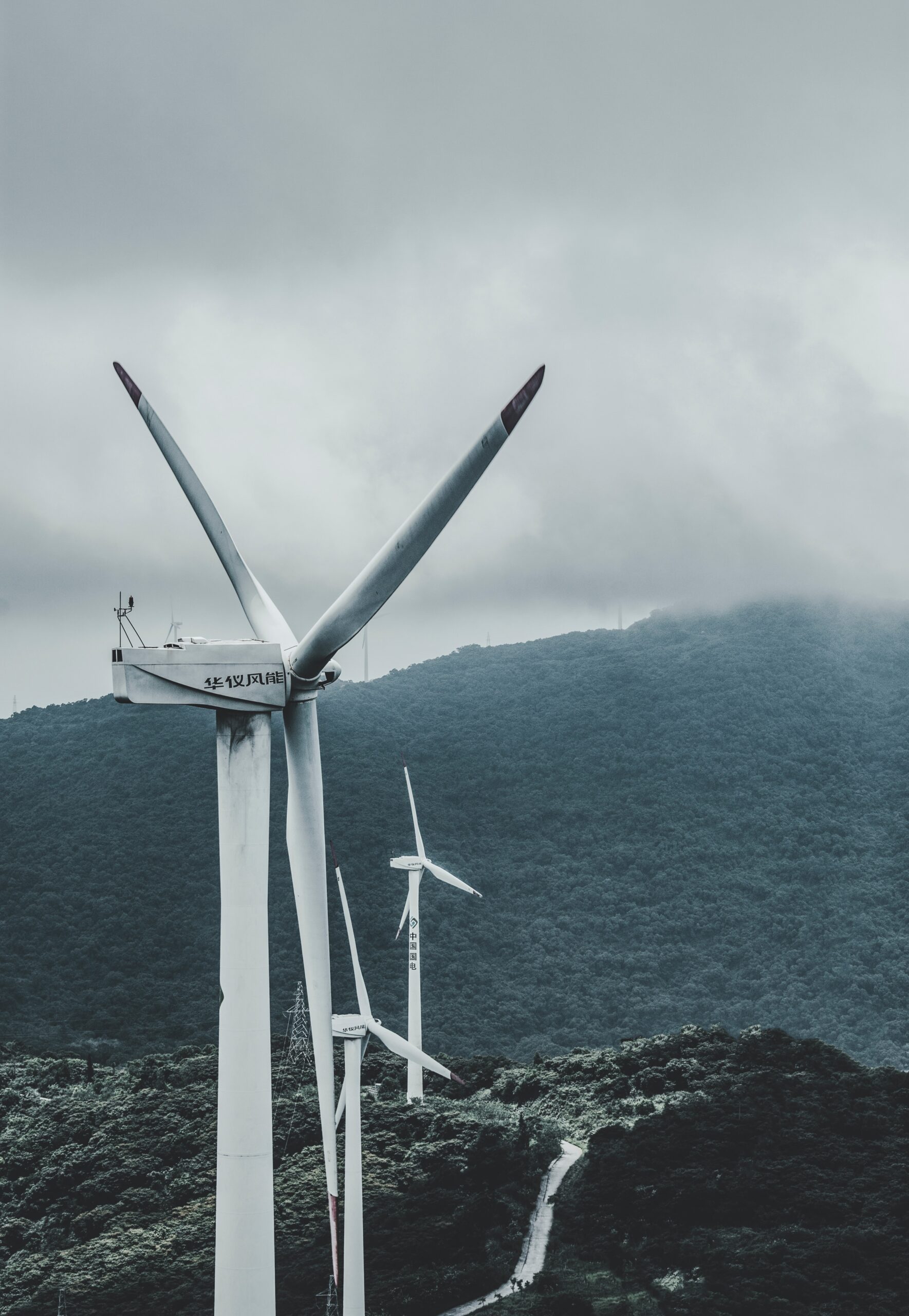
All About Wind Energy
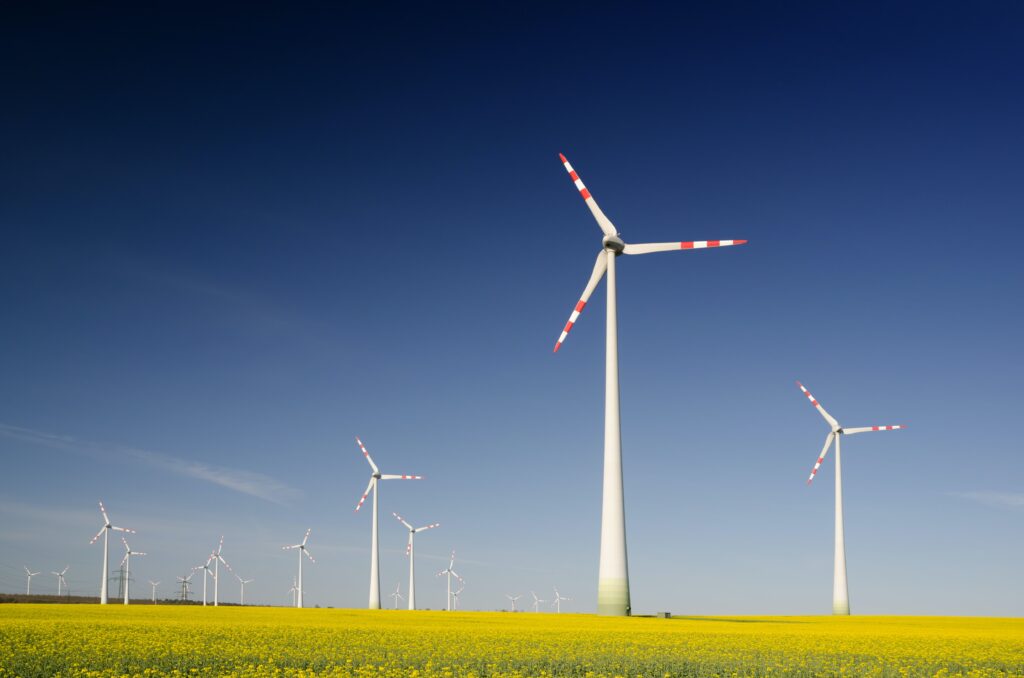
Wind energy is consider as the movement of air from a high-pressure area in to a low-pressure area. The wind exists because of the sun unevenly heats the earth surface. When air become hot air rises and cooler air moves in to fill the void. Wind served as a power source for humans from the ancient times.
Ancient mariners used sails to capture the wind. Farmers were use windmills to grind their grains and pump water. Now a days in modernized world wind turbines wring electricity from the breeze. According to calculations wind turbine use has increase more than 25 percent per year over the past decade. Still wind power provides only a small fraction of the world’s energy.
How wind turbines works?
Mostly the wind energy is provides from turbines that can be tall as a 20 –story building and have 60 meter long blades. When the wind spins the blades and turn a shaft connected to a generator that produces electricity.
There are two types of wind turbines,
- The horizontal-axis wind turbines (HAWTs)
- Vertical-axis wind turbines (VAWTs)
Horizontal axis wind turbines (HAWTs) are the most common type of wind turbine. They usually have two or three long, thin blades. So it looks like an airplane propeller. The blades are position so that they face directly into the wind. Vertical -axis wind turbines (VAWTs)have shorter, wider curved blades that resemble the beaters used in an electric mixer.
Small, individual wind turbines can produce 100 kilowatts of power. It is consider as this power is enough to power a home or a small business station. Small wind turbines are also use for places like water pumping stations. Larger wind turbines can be found perched on towers that stand 240 meters tall have rotor blades more than 162 meters long. These large turbines can generate anywhere from 4.8 to 9.5 megawatts of power. The biggest wind turbines situated in USA generates electricity in a year (about 12 megawatt-hours) to supply about 600 homes. Wind farms have tens and sometimes hundreds of these turbines lined up together in particularly windy spots.
Uses Of wind Energy
Once the electricity is generat, it can be use, connect to the electrical grid, or store for future use. The United States Department of Energy is working with the National Laboratories to develop and improve technologies, such as batteries and pump-storage hydropower so that they can be use to store excess wind energy. Companies like General Electric install batteries along with their wind turbines so that as the electricity is generat from wind energy, it can be store right away.
The U.S. Geological Survey reveals that there are 57,000 wind turbines in the United States. It uncudes both on land and offshore wind turbines. Wind turbines can be stand alone structures, or they can be cluster together in what is known as a wind farm. Wind farms are usually located on top of a mountain or in an otherwise windy place in order to take advantage of natural winds.
The largest offshore wind farm in the world is call the Walney Extension. This wind farm is locate in the Irish Sea approximately 19 kilometers (11 miles) west of the northwest coast of England. The Walney Extension covers a massive area of 149 square kilometers (56 square miles). the wind is bigger than the city of San Francisco, California, or the island of Manhattan in New York. The grid of 87 wind turbines stands 195 meters (640 feet) tall, these offshore wind turbines considered as some of the largest wind turbines in the world. The Walney Extension has the potential to generate 659 megawatts of power. This power generation is enough to supply 600,000 homes in the United Kingdom with electricity.
The Booming Wind Energy Industry
Wind is a clean source of renewable energy that produces no air or water pollution. Because wind is free the, operational costs are nearly zero once a turbine is erected. Mass production and technology advances are making turbines cheaper. Many governments offer tax incentives to encourage using of wind energy to produce electricity.
Another advantage to wind power is can be used as a domestic source of energy, harnessing a limitless local resource. Some viable locations for wind farms are located remote areas that would present challenges in construction and electricity transmission logistics. Advancing technology helps breakthrough such as two-piece blades and modular construction are helping overcome such challenges.
Some challenges include complaints from locals that wind turbines are ugly and noisy. The slowly rotating blades can also kill birds and bats, but not nearly as many as cars, power lines, and high-rise buildings do. The wind patterns also changes due to climate change. If wind is not blowing, there’s no electricity generated.
The wind energy industry is booming due to global efforts to combat climate change, such as the Paris Agreement. The usage of renewable energy is seeing a boom in growth, with wind energy leading the way. From the period 2000 to 2015, cumulative wind capacity around the world increased from 17,000 megawatts to more than 430,000 megawatts. In 2015, China also surpassed the EU in the number of installed wind turbines and continues to lead installation efforts. According to the predictions of industry experts if this pace of growth continues, by 2050 one third of the world’s electricity needs will be fulfilled by wind power.
Wind energy is consider as the movement of air from a high-pressure area in to a low-pressure area. The wind exists because of the sun unevenly heats the earth surface. When air become hot air rises and cooler air moves in to fill the void. Wind served as a power source for humans from the…

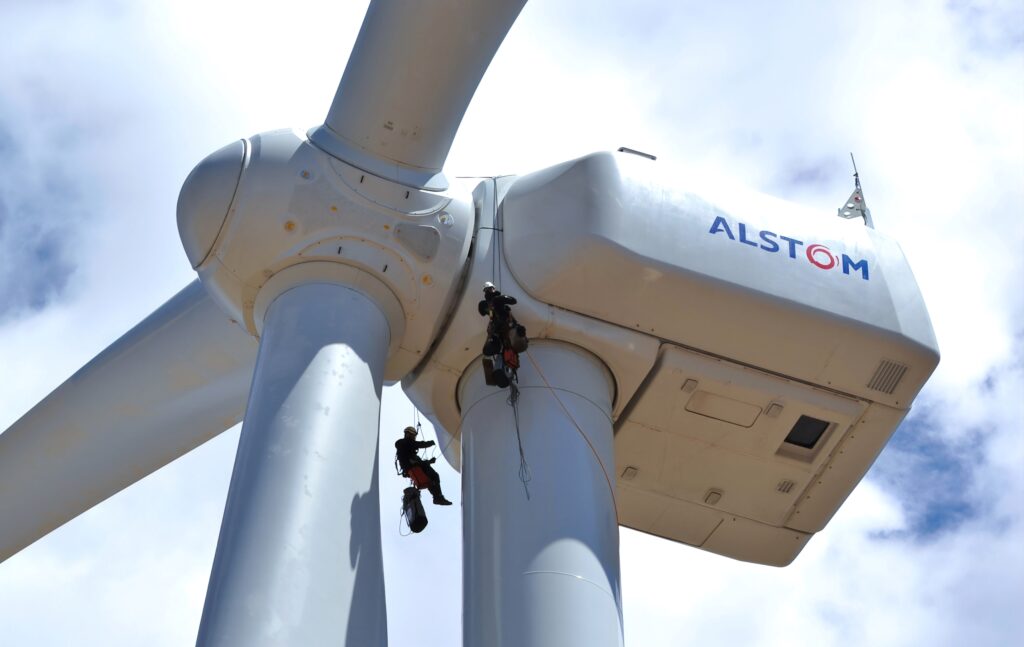
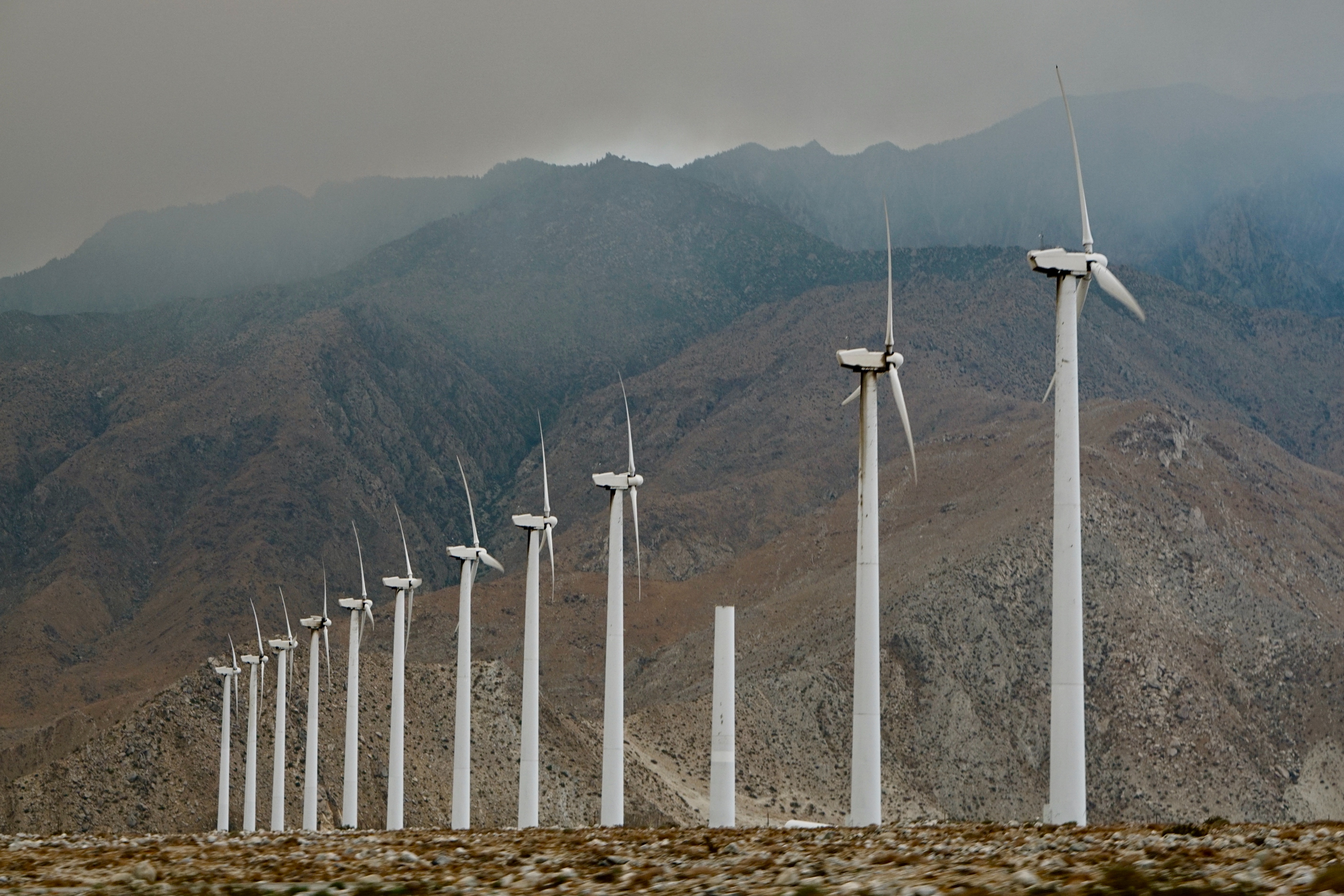
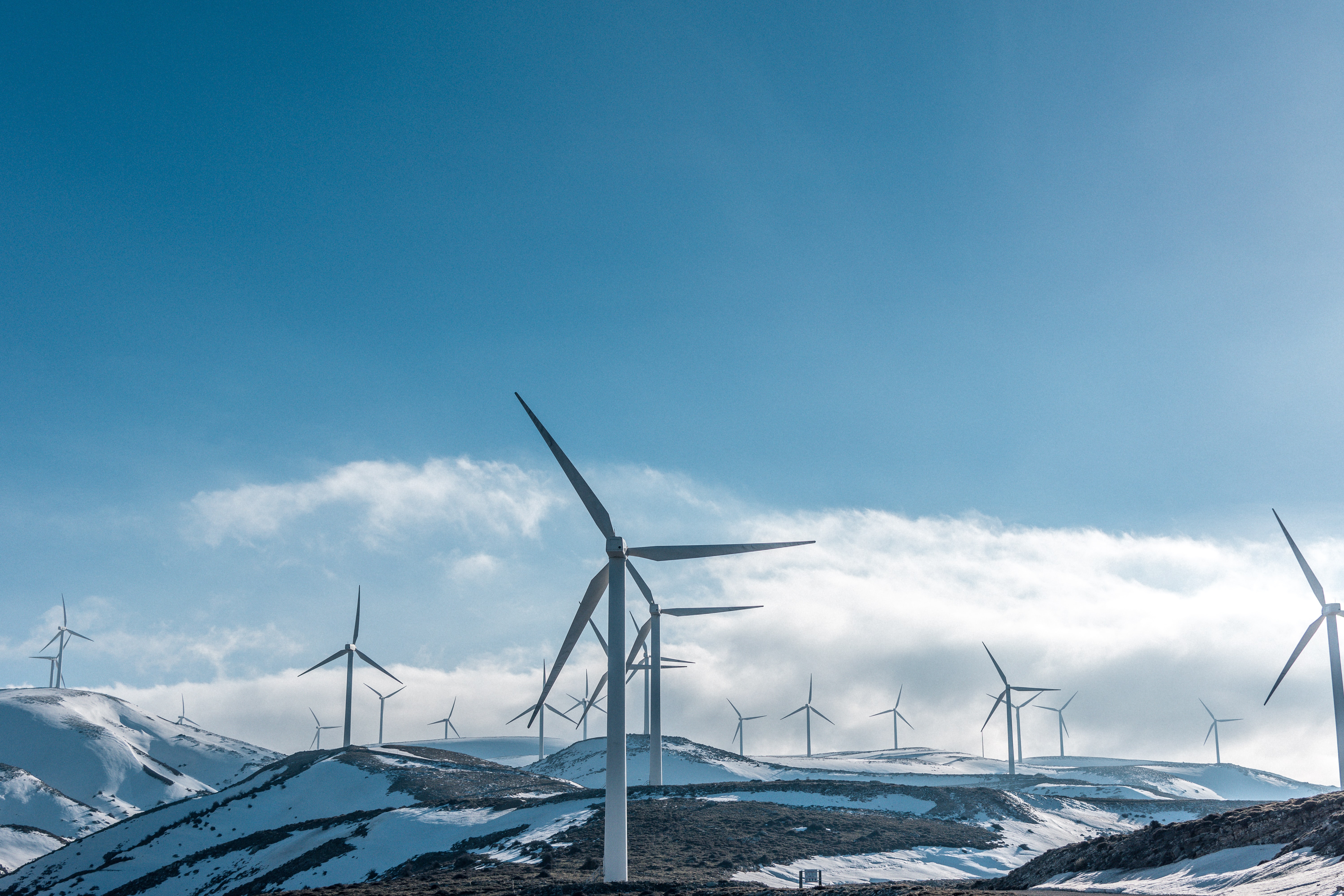
La educación permanente abre nuevas perspectivas